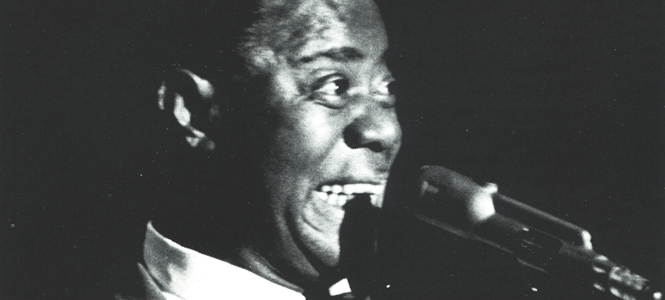African-American Icons exhibit reminds us to appreciate KSU
March 28, 2012
It was 1967 when Ray Charles and Louis Armstrong met at Kent State to co-headline a show for the first and last time.
Big headliners such as these were not uncommon to Kent State during the Vietnam War era. Muhammad Ali, Jesse Jackson and Stevie Wonder are among the many who came to the university.
“You can’t believe it happened here,” said Jason Prufer, library associate and African-American Icons at KSU exhibit curator. “People dreamed about having opportunities to see these people and all you had to do was go to school here.”
The African-Americans Icons at KSU exhibit, located in Oscar Ritchie Hall, contains photos of the many African-American icons that Kent State was able to bring to campus between 1965 and 1975.
“It was the time period when big rock musicians could fill big arenas and we had the biggest arena in the area.” Prufer explains about the M.A.C. Center.
The M.A.C.C. was the largest venue in the Northeast Ohio until 1974.
Edmund Timothy Moore, associate dean of the College of Arts and Sciences, associate professor of the Department of Pan-African Studies and former Kent State student, recalls standing on the M.A.C.C. stage during the Parliament-Funkadelic concert in a fur vest with no shirt and a big afro.
“I’m pleased to see something like this being kept around,” said Moore. “It’s a little flashback of nostalgia in my eyes.”
Moore explained that Kent State is still bringing in huge names and students should take advantage of the opportunities to be in the presence of those people.
“You can play your video games later,” Moore said. “Get out and get involved while you’re here because that’s part of the educational process of being a student on this campus.”
Jeffrey Hammond, USG director of programming, said it’s sometimes difficult to bring students into events on campus.
“There are over 24,000 students and we sometimes struggle to bring in 4,000 students,” Hammond said. “It is a constant struggle to reach the students because half of the university won’t even know about the event.”
Hammond explained that recently it has been easier to bring students to these shows. In the past two years, four out of eight events have sold out.
Prufer hopes that by seeing the African-American Icons at KSU exhibit, students will be motivated to take advantage of the events going on at Kent State now.
“This is just a little sliver of history,” Prufer said. “There’s a ton more to live and a ton more to do.”
Contact Candice Dungan at [email protected].

























